News
Paper accepted for publication
At the end of August, Anniek Schlette’s first paper of her PhD has been accepted for publication in the special issue “Multicultural identities in context: the influence of social, community, environmental and historical factors” of the Journal of Community & Applied Social Psychology.
Anniek Schlette, Tobias H. Stark, Anouk Smeekes, & Marcel Lubbers (2024). Understanding Causes of Adolescents’ Ascriptions of Peers’ Dual Ethnic and National Belonging. Journal of Community & Applied Social Psychology, 34(5), https://doi.org/10.1002/casp.2889.
Abstract
Descendants of migrants often feel belonging to the ethnic minority group of their parents and the national group (i.e., dual identifiers). If second-generation migrants are recognized as members of both groups, they can create social bridges and improve intergroup relations. However, people often ascribe them only minority belonging, thereby not recognizing dual belonging. Following the social identity approach, we examined who ascribes dual belonging to second-generation migrants and why they do so. We focus on the role of national self-identification, and endorsing a civic or ethnic conception of nationhood on the ascriptions that national majority members make to their second-generation peers. We collected sociometric data from secondary vocational school classes in the Netherlands (Nstudents = 397, Nclasses = 36). Findings replicated that many second-generation migrants self-identified as dual (69%), but only a small number of dual ascriptions were given to them (15%). Although we found no effects for the hypothesized relations on ascribing only minority rather than dual belonging, national majority members who had a stronger national identification displayed a stronger tendency to ascribe only national rather than dual belonging. This raises the question whether dual identifiers could act as ‘gateway groups’ to improve intergroup relations.


